- Images
- Blog
- Tools
- Questar
- The Questar telescope
- Questar resource links
- Search for Questar info
- 172mm Focal Reducer
- Afocal adapter for point and shoot camera
- Camera adapter lengths
- Camera adapter threading
- Camera connection
- Camera focusing
- Custom counterweight
- Drift Alignment Joy
- Finder Eyepiece Compatibility
- The Questar Moon 1981
- Questar Powerguide II Battery Life
- Questar Zone, How to Service Videos
- Red Dot finder mount for Questar
- Questar Viewing Table
- Wedge mounts
- White light solar filters comparison
- How to
- Get started in astronomy
- Astro RaspberryPi Camera and kin, the ASIAir and StellarMate
- Blind Smart-phone Equatorial Wedge or GEM Polar Alignment
- Camera phone adapter
- Celestron FirstScope with equatorial tripod mount
- Coat Pocket Astrophotography
- Day-lapse Images of Earthshine on the Crescent Moon
- Dobsonian Carrying Case
- DSO Astrophotography without a Telescope
- DSO imaging without a star tracker
- Estimating image resolution
- Lunar Eclipse Photography
- Moon photography - a dozen ways to shoot the Moon
- Meteor shower photography & planning
- Matching image sensor size to telescope resolution
- Narrow band imaging with color cameras
- Planetary Image Workflow
- Print and Display Astrophotography
- Observing
- Events
- More
- About
- Contact
Moon photography - a dozen ways to shoot the Moon
A visual tour of a dozen ways to shoot the Moon
Thirteen images of the Moon: four cameras, seven lenses and a telescope are used to photograph the Moon in different scenarios. Many of these images were shot in a 50 hour period bracketing the Super Moon of November 2016 - my exploration of the tradeoffs in capturing context and lunar detail with different lenses.
Most images were recorded with a Sony alpha 6300 24 mega-pixel, APS-C sensor camera or a 16 MP APS-C Sony NEX-5N. These 1.5 crop factor cameras are representative of modern DSLR class cameras. I later added a full frame Sony a7iii.
The best camera is the one you have with you, so I've included a point and shoot camera in the mix. Images are ordered by increasing lens focal length and approximate horizontal field of view.
A mix of vintage and modern lenses are used ranging from a 12 mm ultra wide angle to a 1350 mm telescope. Processed images range from single images, to 2 image HDR composites, and deconvolved stacks of many lucky images. Approach, exposure, dynamic range, foreground context, and post processing are summarized for each shooting situation. Both a reduced version of the full image and a detailed crop are shown for each.
These examples and descriptions will help you choose the equipment, settings, and techniques you need to get your Moon image. All you need to get started are: a camera, tripod, and a remote shutter release. You can cheat on the last two: a multi shot continuous shooting mode can substitute for a tripod, a shutter delay can replace a remote shutter release. A bright Moon in a dark sky fools any auto-exposure system. Set manual exposure and focus. Focus carefully and don't over expose. I keep the exposure histogram well away from the bright right side.
12 mm - FOV 90 deg
Wide angle, short focal length, lenses reduce the Moon to a secondary character, at best showing its shape and suggestions of the lunar maria. Emphasis is on the scene - landscape, clouds, and moonlight. With an APS-C camera the field of view is nearly 90 degrees.
This image was shot in the Garden of the Gods in Colorado Springs in August of 2015 using a Sony NEX-5N camera and a Rokinon 12 mm f2 lens. Two exposures were used: 1/25 sec for the Moon and 15 sec at ISO 200 to capture the landscape with HDR compositing in Photoshop. The lighting and treeline shadow were provided by a spotlight from a nearby resort.
38 mm - FOV 35 deg
A hand held image taken with a point and shoot camera at the Austin City Limits Music Festival of the Moon and Venus. With a normal lens like this, expect a FOV of close to 35 degrees. Continuous shooting mode is workable substitute for a tripod when the focal length of the lens isn't too long. This is a single image picked from several dozen from a Sony RX-100 a 20 MP 2.7X crop factor camera. Exposed at f3.5 for 1/13 sec at ISO 800 with the zoom lens at a focal length of 20.6mm - equivalent to 38 mm on an APS-C sensor camera.
60 mm - FOV 20 deg
A normal to short telephoto shows details of the lunar maria and a half dozen major craters. A field of view of around 20 degrees captures substantial foreground context, in this case an urban landscape. Multiple HDR exposures are needed to show lunar detail in a night shot like this. At dawn or dusk there can be enough light on the landscape to capture both the scene and lunar detail in one exposure, but not when the sky is this dark.
This image, captured in downtown Austin, uses the Sony alpha 6300 24 MP camera with a Sigma 60mm f2.8 lens. This is a two image HDR composite, necessary to capture the wide range of exposure between the building lights and the Moon at night. Exposed at f8 and ISO 100, foreground for 1 sec and Moon for 1/200 sec. HDR composition and perspective correction in photoshop.
135 mm - FOV 10 deg
The next images use a vintage manual Vivitar 135 mm f2.8 lens with the Sony a6300. A medium telephoto like this can capture substantial lunar detail while including some landscape context. The urban night shot requires a multiple exposure HDR composite to correctly expose lunar detail. Two images, a 1/200 sec exposure for the Moon and a 1 sec exposure for the foreground at f 5.6 and ISO 100. HDR composition and cropping in photoshop.
This predawn image of a conjunction of the Moon and Jupiter using the Vivitar 135 mm f2.8 lens is a single exposure. Taken from my driveway, a house light gives some color to the silhouetted trees. The lunar crescent is overexposed, both the earthshine lit Moon and even Jupiter's moon Callisto are captured at f4 for 1 sec at ISO 400.
The crop below is shown 2:1 so that Callisto is visible above Jupiter in the frame.
The Super Moon setting, a single exposure, with the Sony a6300 and Vivitar 135 mm f2.8 lens. Exposed at f8 for 1/8 sec and ISO 100. Taken at dawn in a suburban Austin park, the brightening sky highlights the tree branches in silhouette. The thicker atmosphere near the horizon dims the Moon reducing the exposure range to what a single image can capture. A minor exposure stretch was applied Photoshop.
200 mm - FOV 6 deg
The Super Moon setting just above the horizon, taken a few minutes after the image above, using a longer Vivitar 200 mm f3.5 lens with the Sony a6300. Some colors are visible in the landscape and the Moon has a deeper red color. The turbulence near the horizon reduces the detail visible in this image. Exposed at f8 for 1/3 sec at ISO 100.
400 mm - FOV 3 deg
A longer focal length lens doesn't have the field of view to capture much context around the Moon. Substantial lunar detail is visible. Silhouettes of branches or passing planes and birds can add interest. This moonrise image was taken with the Vivitar 200mm f3.5 lens with a Vivitar 2X teleconverter added. The single image was exposed at f8 for 1/8 sec at ISO 100 with final crop and exposure adjustments in Photoshop.
420 mm - FOV 3 deg
Light painting and lucky imaging are paired in this image. With the night very dark, quick flashlight light painting highlighted the overhanging branch in this image. I shot several bursts of images as the moon sank down towards the horizon and stacked the best four of 25 images for the moon in this shot. The aperture of f/8 is probably a bit past maximum sharpness, but it captured the tree branch with the effect I wanted. The moon images were exposed for 1/25 second at ISO 640 using a Sony a7iii and a vintage Nikkor 300mm ED lens with a 1.4x teleconverter.
1350 mm - FOV 1 deg
Telescopes with 1200 - 1400 mm of focal length are a great match for full disk images of the Moon with an APS-C sensor camera. An entire lunar disk will fit in a single shot. Small telescopes with 75 to 100 mm objectives will make full use of the resolution of 16 to 24 mega-pixel APS-C sensors.
Careful post processing is essential for sharp, low noise, final images. Stacking the best "lucky" images from a set increases the clarity and reduces noise in the base image. Deconvolution or wavelet sharpening algorithms recover resolution, rather than only fooling the eye like the unsharp mask algorithm. Stretching image exposure makes the best use of the limited dynamic range of screens and prints.
Full Moon shots through a telescope are difficult because of low contrast. With the sun overhead on the Moon, short shadows reduces the amount of visible crater detail. This image was shot with a very compact Questar 3.5" Maksutov Catadioptric telescope. At the rear camera port, the telescope is a 1350 mm f15 lens. The final image was made from the best 8 of 93 images stacked with 8 parameter affine transforms in Nebulosity. It was deconvolved in Lynkeos to increase detail with the final crop and exposure adjustment in Photoshop.
Partially illuminated phases of the Moon can show amazing detail aided by the long shadows and strong contrast provided by oblique illumination. This image of a first quarter waxing Moon, uses a horizontal presentation to catch the eye and emphasize the crater detail long the terminator. Taken with a Sony a6300 at prime focus for 1/25 sec at ISO 200. Four images stacked in Nebulosity, with deconvolution in Lynkeos, and final crop and exposure in Photoshop
Clear crescent Moon shots are rare. Increased atmospheric turbulence, in low angle shots near the horizon, distort the Moon's image. With reasonable seeing and stacking lucky good images detailed images are possible. Depth of field is very narrow in a long focal length telescope. This image is a composite of two focus points: one for the stack of Moon images, and one with the focus biased toward the tree. Questar 3.5 with Sony NEX-5N at prime focus. Moon exposure 0.5 sec and trees 1.3 sec at ISO 800. 33 Moon frames stacked with 8 parameter affine transforms in Nebulosity, deconvolved in Lynkeos, stacked with in focus tree image and final tweaks in Photoshop.
Close lunar conjunctions and occultations with stars and planets are great opportunities for interesting images even with the narrow field of view with a long focal length telescope. Daytime is a great time for these images. Stacking to reduce noise is important.
Lunar occultation of Venus December 7, 2015 17:01 UT Questar 3.5 with Sony NEX-5N at prime focus, ISO 200 for 1/125 sec, 10 image stack Lynkeos / Photoshop.
The crescent Moon with earthshine can be a spectacular image. Except for the thinnest crescent Moon a single exposure that captures the earthshine will leave the crescent hopelessly overexposed. Extreme HDR techniques are needed to capture both earthshine and the crescent Moon in detail sometimes as many as ten exposures are used. I have a separate note describing a much simpler daylapse technique for HDR images of earthshine and the crescent Moon.
Content created: 2016-12-08 and last modified: 2019-06-10
Comments
![]() Submit comments or questions about this page.
Submit comments or questions about this page.
By submitting a comment, you agree that: it may be included here in whole or part, attributed to you, and its content is subject to the site wide Creative Commons licensing.

How to
Starter telescopes for beginners
Getting started in astrophotography?
Choose & setup a camera for astrophotography
Astro RaspberryPi Camera and kin, the ASIAir and StellarMate
Blind Smart-phone Equatorial Wedge or GEM Polar Alignment
Celestron FirstScope with equatorial tripod mount
Day-lapse Images of Earthshine on the Crescent Moon
DSO Astrophotography without a Telescope
DSO imaging without a star tracker
Overview & equipment for lunar eclipse photography
Framing and tracking a lunar eclipse
Moon photography - a dozen ways to shoot the Moon
Meteor shower photography & planning
Matching image sensor size to telescope resolution
Narrow band imaging with color cameras
Print and Display Astrophotography
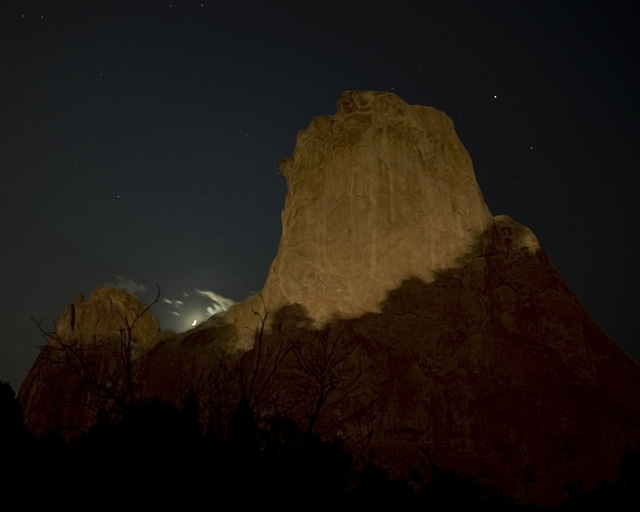
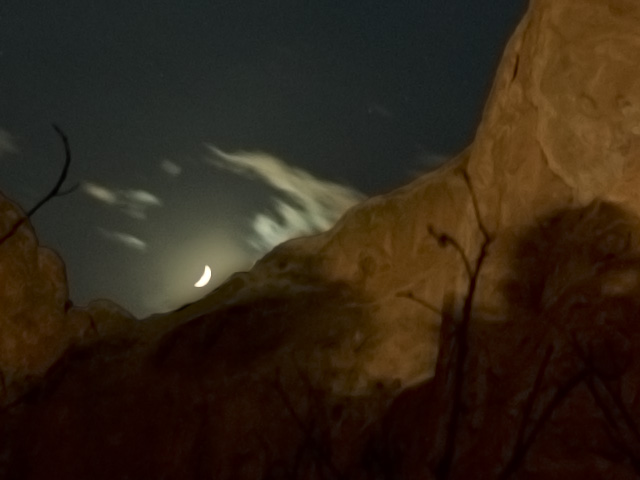
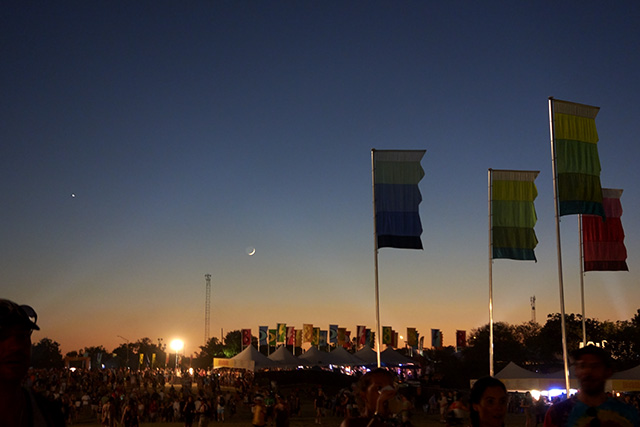
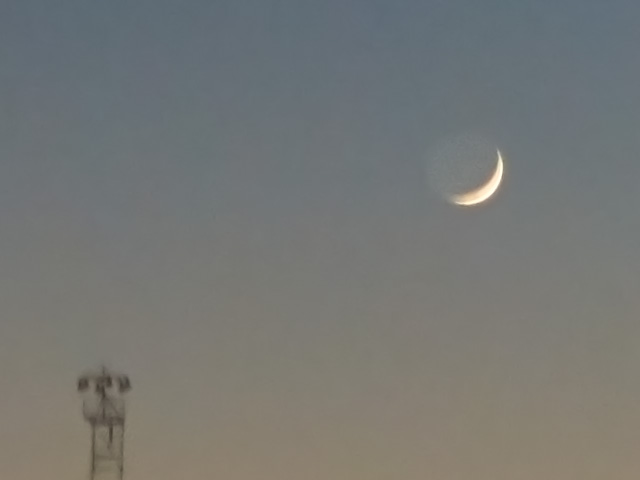
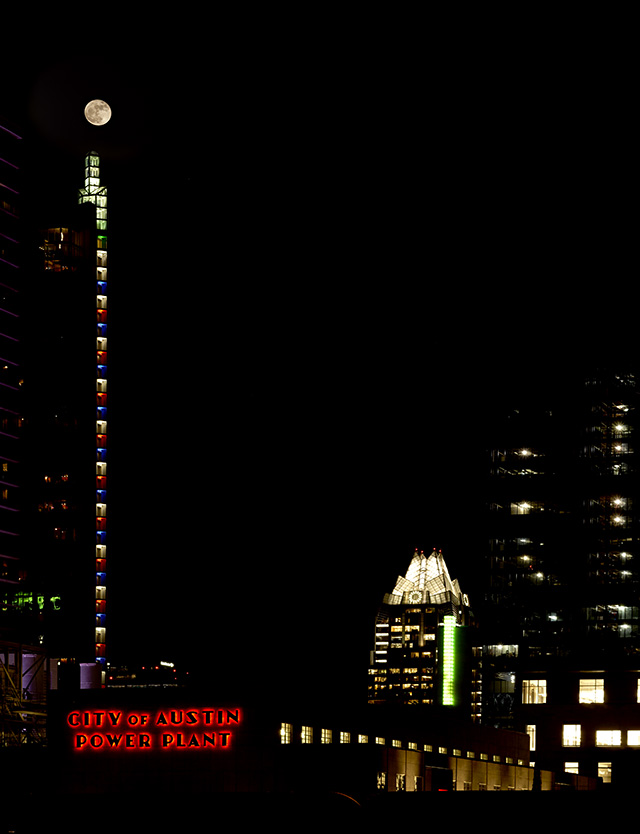

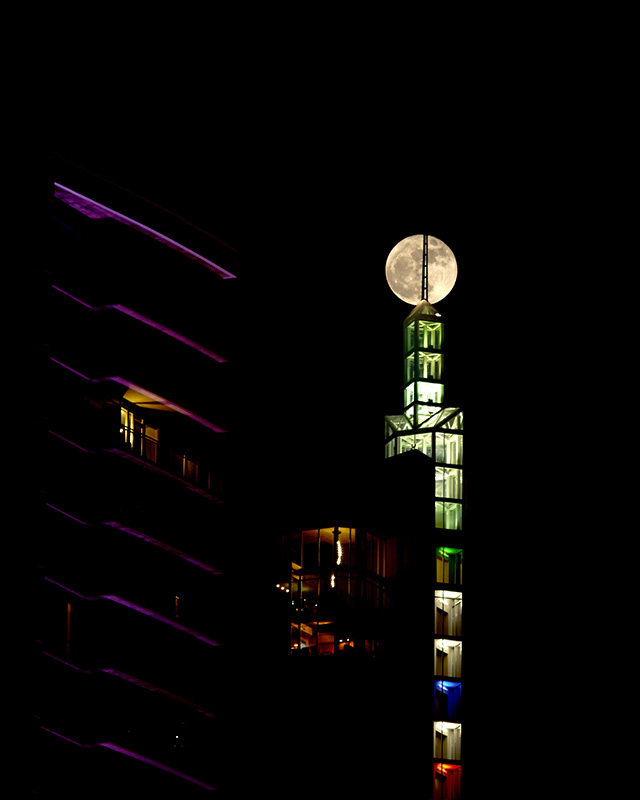
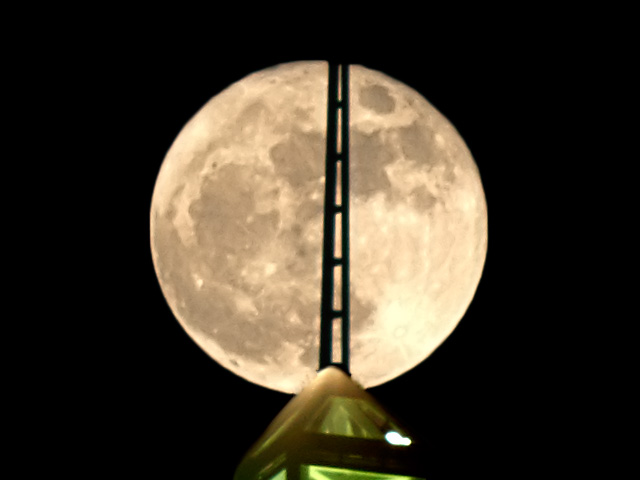
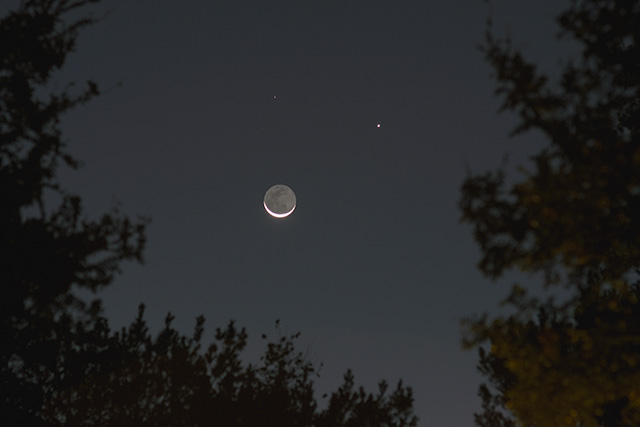
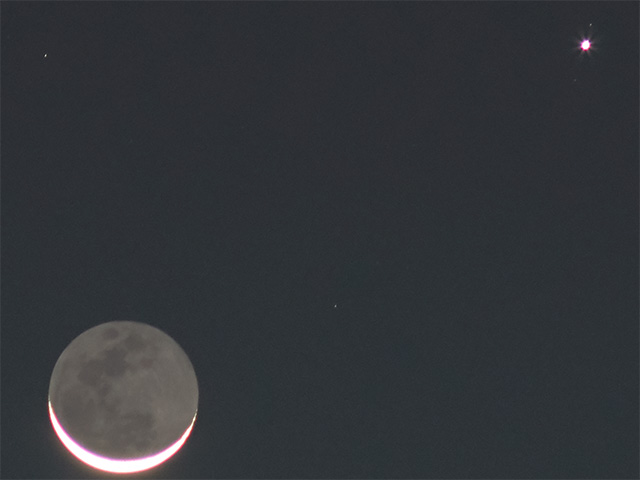
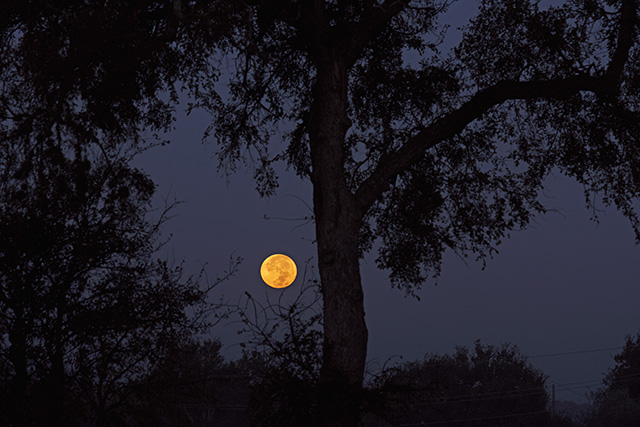


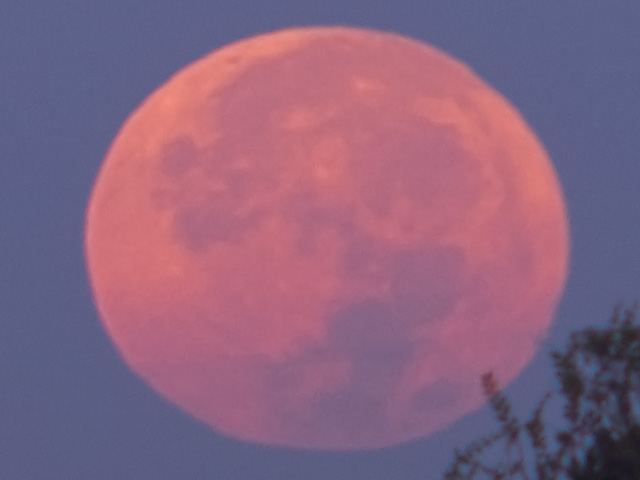
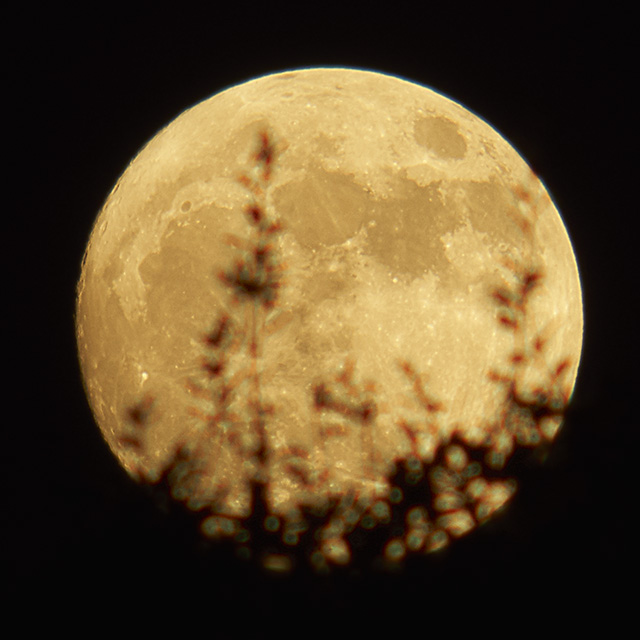
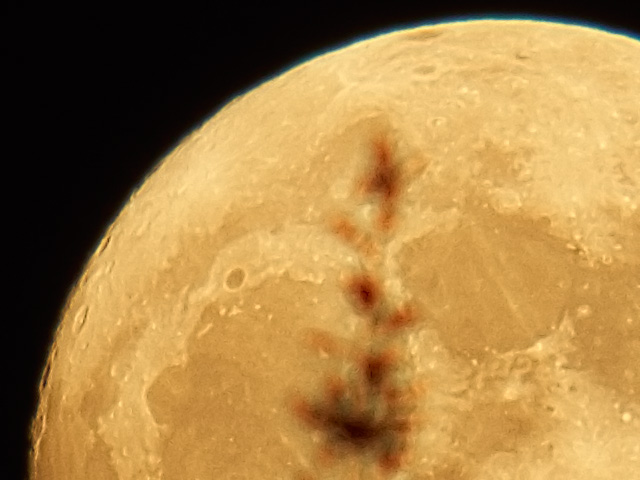
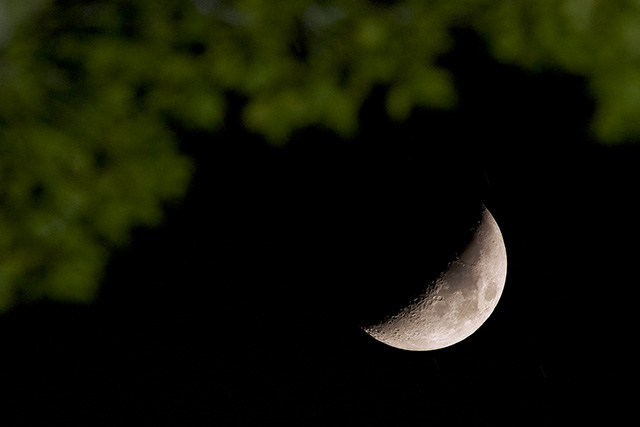

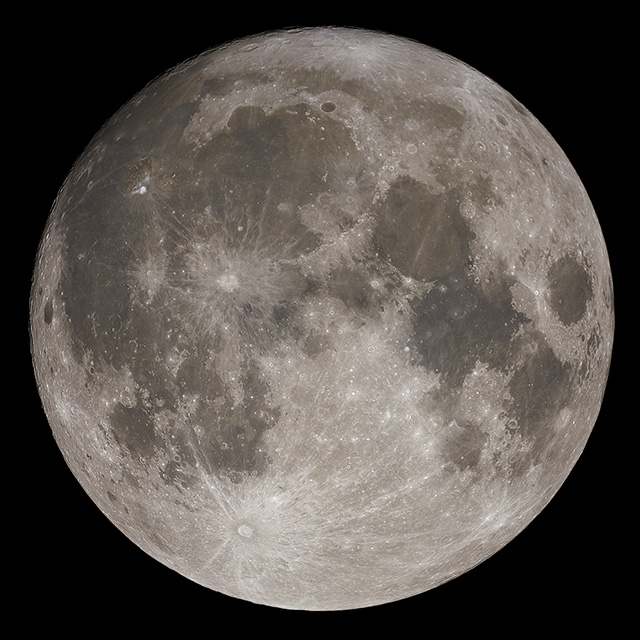
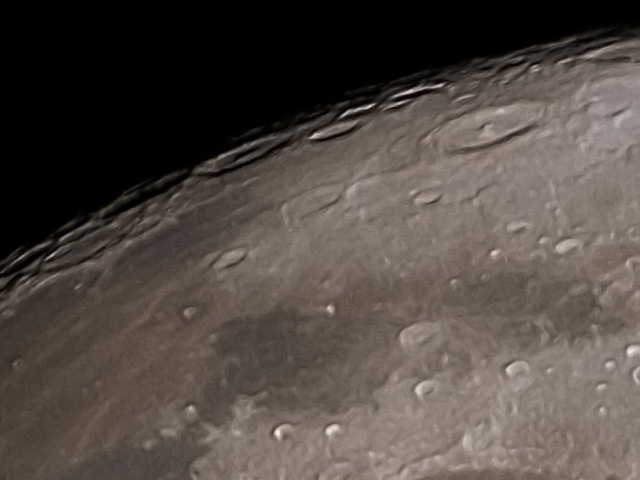


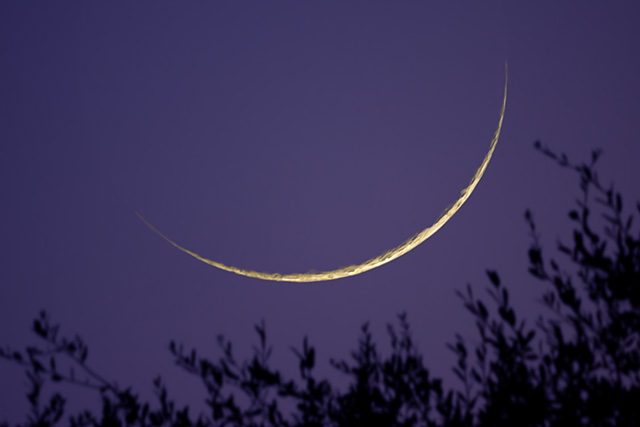


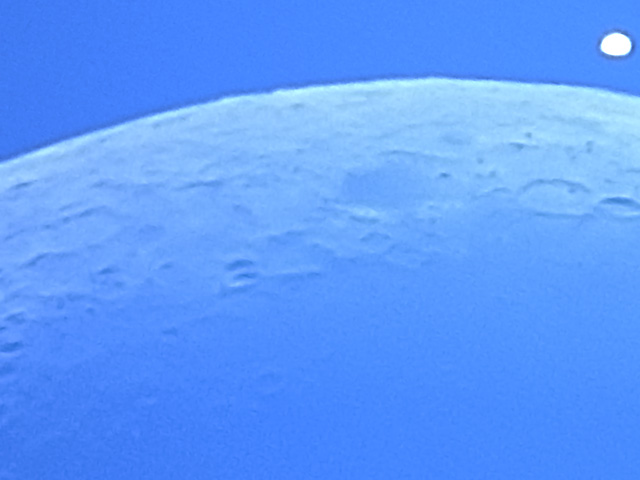

 Get started in astronomy
Get started in astronomy